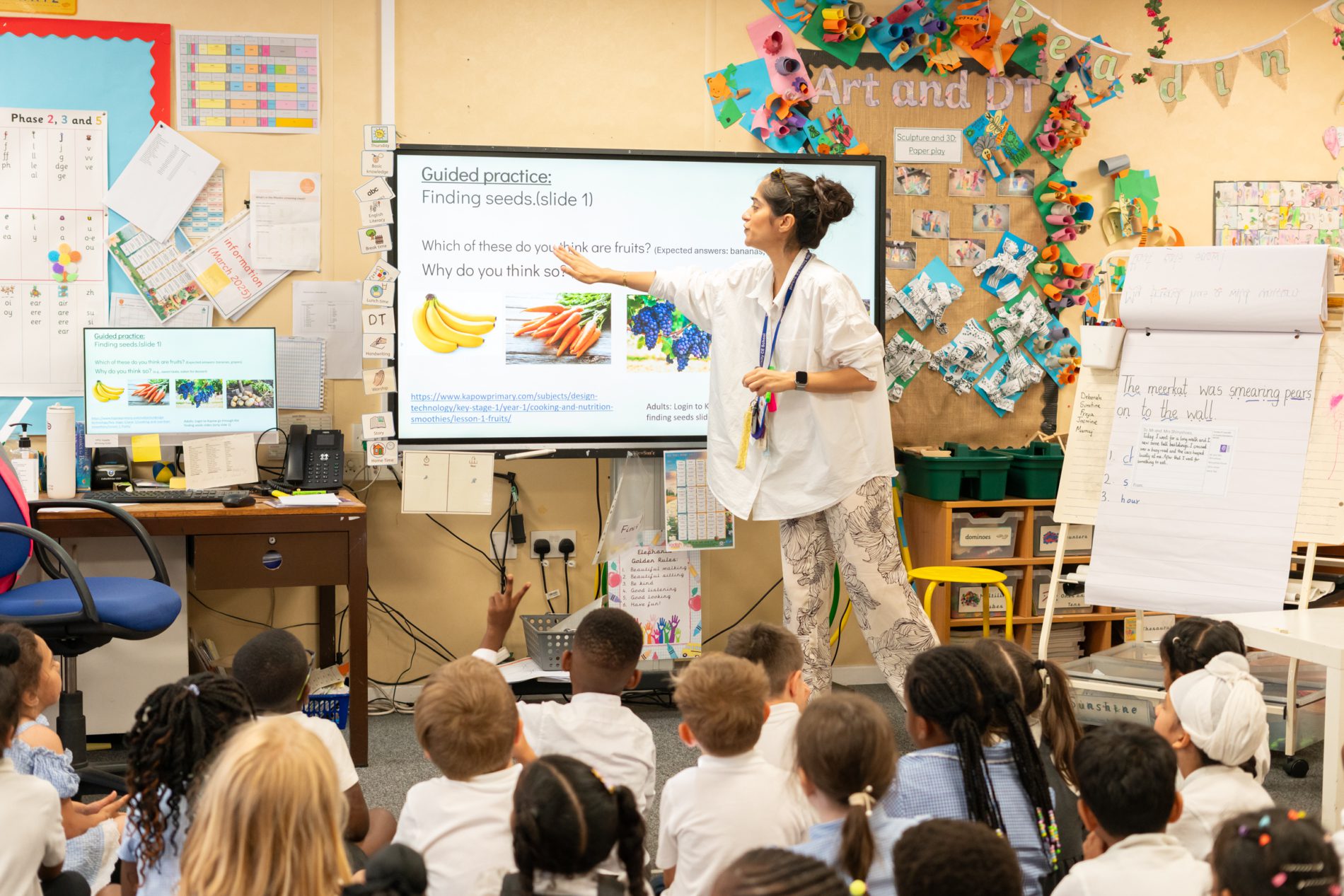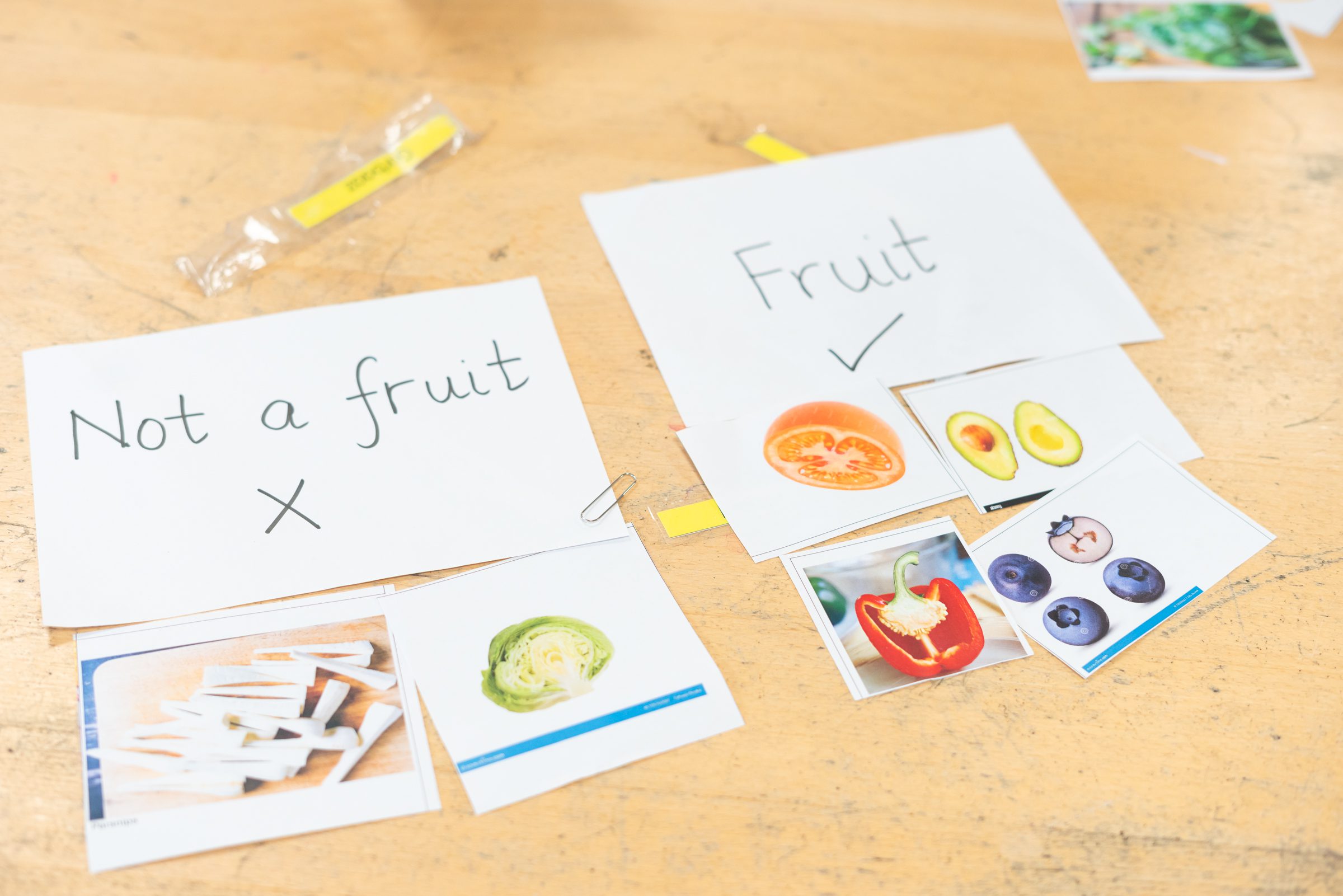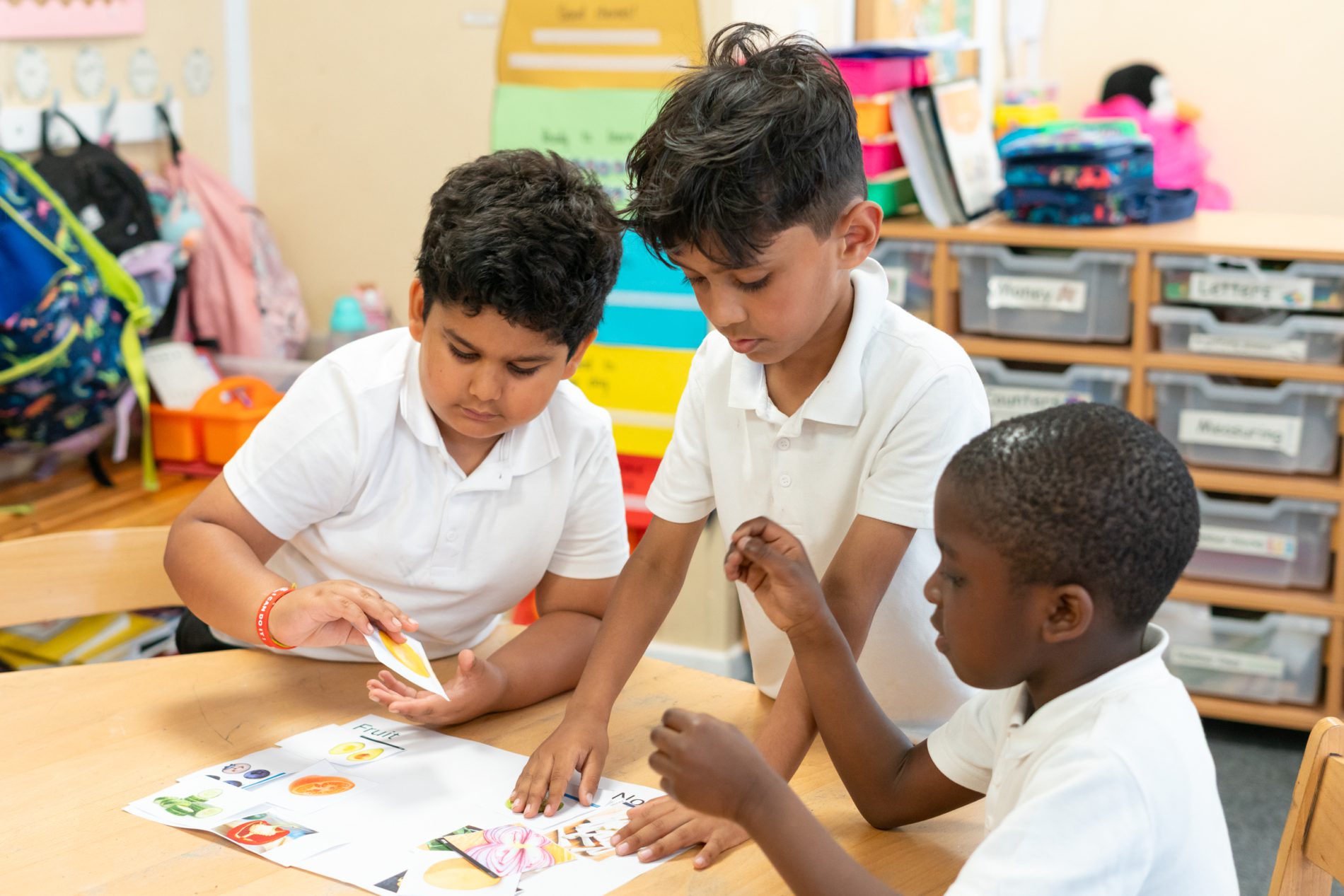Design and Technology Subject Leader: Mrs V Kalapi
Design & Technology prepares children to deal with tomorrow’s rapidly changing world. It encourages children to become independent, creative problem-solvers and think as individuals and as part of a team – making positive changes to their quality of life. It enables them to identify needs and opportunities and to respond to them by developing a range of ideas and by making products and systems. Through the study of Design & Technology, children combine practical skills with an understanding of aesthetic, social and environmental issues, as well as functions and industrial practices. This allows them to reflect on and evaluate present and past design & technology assessing its use and impact on the world. Design & Technology helps all children to become astute and informed future consumers and potential innovators.
For any more information on Holy Trinity’s Design and Technology Curriculum, please contact the office.
Intent
Design and Technology is an inspiring, rigorous, and practical subjects. Design and Technology encourage pupils to learn to think and intervene creatively to solve problems both as individuals and as members of a team. At Holy Trinity, we encourage pupils to use their creativity and imagination, to design and make products that solve real and relevant problems within a variety of contexts, considering their own and others’ needs, wants and values. We aim to, wherever possible, link work to other disciplines such as mathematics, science, the humanities, computing, and art. The pupils are also given opportunities to reflect upon and evaluate past and present design technology, its uses and its effectiveness and are encouraged to become innovators and risk-takers.


Implementation
Our DT curriculum consists of a coherently planned sequence of lessons to ensure progressive coverage of the knowledge, understanding and skills required in the National Curriculum.
Once a project is complete, the children will evaluate and reflect on their design criteria to assess and critique their own work and at times, the work of their peers.
Food technology is implemented throughout the school in our purpose-built and fully-equipped kitchen. Children develop an understanding of where food comes from, the importance of a varied and healthy diet and how to prepare this.
DT lessons encourage children to identify real and relevant problems, critically evaluate existing products and then take risks and innovate when designing and creating solutions to given problems. Time is built in to reflect, evaluate and improve on any initial design and prototype stages, using design criteria throughout to support this process.
Opportunities are provided for children to evaluate key events and individuals in history, who have helped shape the world, showing the real impact of design and technology on the wider environment and helping to inspire children to become the next generation of innovators.
Impact
Our Design and Technology curriculum enables and encourages our children to become designers and critical thinkers. Evaluation of past and present design and technology develops their critical understanding of its impact on daily life and the wider world. Children learn to be passionate and excited by the design and making of products. By the end of the curriculum, all pupils will have coherent technological knowledge and a range of skills and aspire to become designers of the future.
We ensure the children:
- develop the creative, technical and practical expertise needed to perform everyday tasks confidently and to participate successfully in an increasingly technological world
- build and apply a repertoire of knowledge, understanding and skills in order to design and make high-quality prototypes and products for a wide range of users and critique, evaluate and test their ideas and products and the work of others
- understand and apply the principles of nutrition and learn how to cook.
Teacher assessment is ongoing, monitoring children’s understanding, knowledge and skills throughout each lesson. Through skilful questioning, focused practical tasks, pupil observations and purposeful evaluations, teachers make informed assessments of pupil learning. Children receive feedback throughout the lessons to help them improve or develop their work. They are also given opportunities to self-evaluate their work and offer ways in which to improve it.
Through our curriculum, we want to ensure that Design and Technology are loved by pupils across the school, therefore encouraging them to take risks and become resourceful, innovative and enterprising individuals.

Design and Technology in Each Stage
When designing and making, EYFS pupils will be taught Design & Technology under the umbrella of ‘Understanding the World’.
Children have daily access to a wide range of resources within child-initiated sessions enabling them to design and construct. These include small and large construction resources, junk modelling, Lego, building blocks, paper, card, scissors, glue and many craft materials. The children work with a range of materials and make judgements over suitability for construction and learn to use a range of tools safely. Children describe how products are made up of different parts, and learn to draw and explain their designs, selecting the materials they would use to make a product. EYFS staff will teach and model specific skills and techniques when engaging with children who are exploring a range of media and materials. Children will have the opportunity to think about what they want to make, problem-solve, reflect and refine their ideas.
When designing and making, KS1 pupils will be taught to:
In Key Stage 1 all our children across the phase are encouraged to design purposeful, functional, and appealing products intended for use by themselves or groups. Our children are also guided to generate, develop, model and communicate their ideas through talking, drawing and using templates. All our children are taught the basic principles of a healthy and varied diet, to prepare dishes and understand where food comes from. Our children are provided with a wide range of tools and equipment to perform practical tasks (for example, cutting, shaping, joining and finishing). Our children are also provided with a wider range of materials and components (for example, construction materials, textiles and ingredients). Our children are given opportunities to explore and evaluate a range of existing products whilst evaluating their ideas and products against a set design criteria. Our children will explore and use mechanisms (for example, levers, sliders, wheels and axles), in their products.
When designing and making, KS2 pupils will be taught to:
In Key Stage 2, all our children across the phase are guided to use research and design criteria to inform their design innovation. Our children are supported to generate develop, model and communicate their ideas through discussion, annotated sketches, cross-sectional and exploded diagrams, prototypes, pattern pieces and computer-aided design. All our children are taught the basic principles of a healthy and varied diet. Our children are taught where and how a variety of ingredients are grown, reared, caught, and processed. Our children are provided with a wide range of tools and equipment to perform practical tasks (for example, cutting, shaping, joining and finishing) accurately. Our children are also provided with a wider range of materials and components (for example, construction materials, textiles and ingredients). Our children are given opportunities to explore and evaluate their own ideas and products against their own design criteria whilst considering the views of others to improve their work. Our children are encouraged to understand how key events and individuals in Design and Technology have shaped the world.
SEND Information
Our SEND and disadvantaged pupils are given the necessary support in class to fully access the supported DT curriculum. Learning is adapted where necessary to support SEND/EAL pupils to give equal opportunities for all to be confident in approaching any problems faced. Interventions, support and challenges are constantly revised and adapted to ensure all children are supported in achieving learning. The above areas are robustly and continuously monitored to ensure any gaps in learning are addressed.

